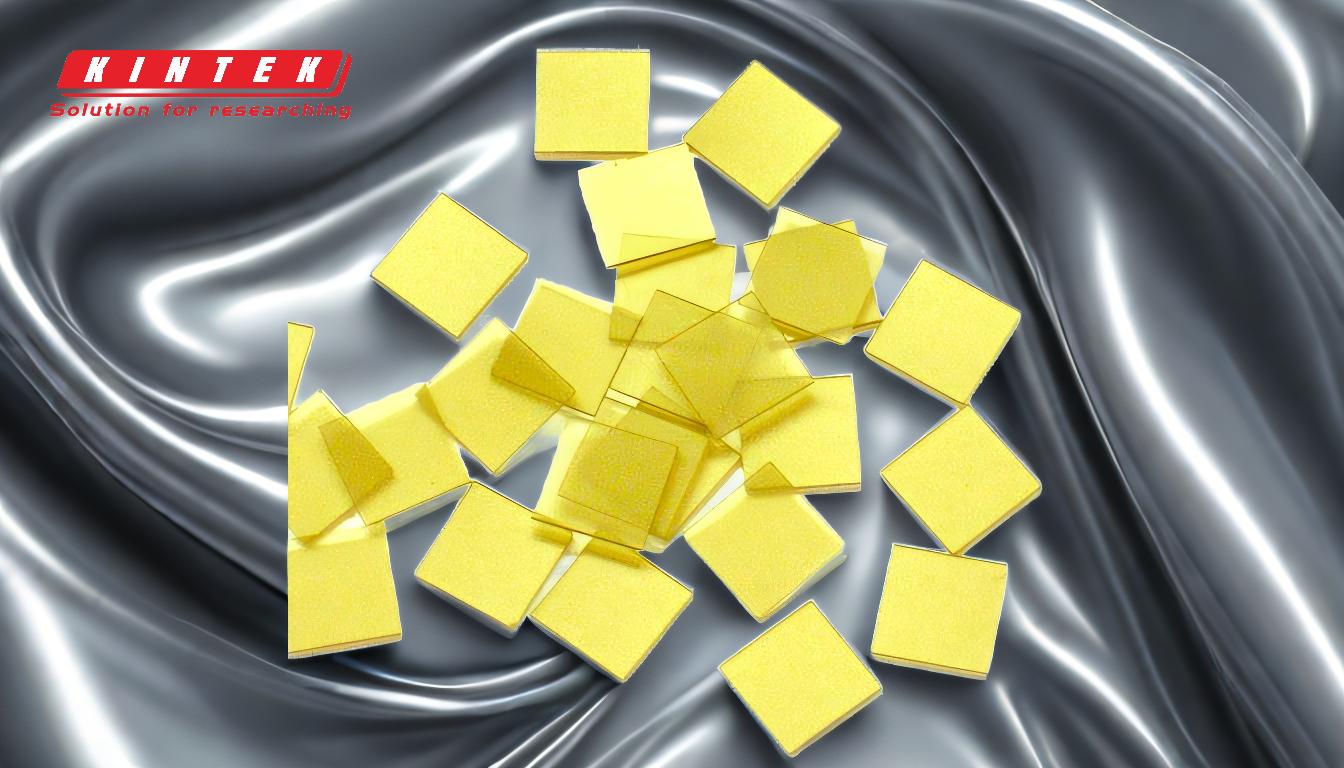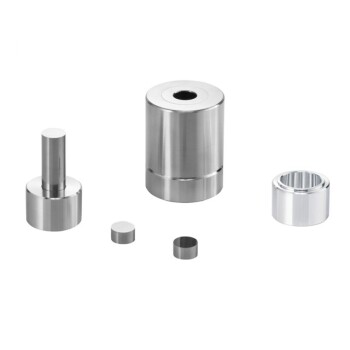First, let's clarify the terminology. While you asked about a "CVD PVD diamond," the correct term for the lab-grown gemstone is a CVD diamond, which stands for Chemical Vapor Deposition. PVD (Physical Vapor Deposition) is a different industrial process, typically for thin coatings, not for growing whole diamonds. A CVD diamond is a lab-created diamond that is chemically, physically, and optically identical to a mined diamond, grown from a carbon-rich gas in a vacuum chamber.
The term "CVD PVD diamond" is a common point of confusion. The reality is that CVD (Chemical Vapor Deposition) is the method for growing the entire diamond gemstone, creating a product chemically identical to the rarest natural diamonds.
The CVD Growth Process: A Diamond Seed in a Carbon Cloud
The creation of a CVD diamond is a feat of precise engineering that mimics natural processes on an accelerated timeline. It fundamentally differs from the high-pressure, high-temperature (HPHT) method.
How a CVD Diamond is Formed
The process begins by placing a thin slice of a diamond, known as a diamond seed, into a vacuum chamber.
This chamber is then heated to moderate temperatures and filled with a carbon-containing gas, like methane.
At these temperatures, the gas molecules break apart, and pure carbon atoms "rain" down and bond to the diamond seed, building up the diamond crystal layer by layer.
The Unique Growth Structure
Unlike natural diamonds which grow in multiple directions, a CVD diamond grows in a single direction, resulting in a cubic crystal shape.
This directional growth can occasionally create internal strain lines, though these are rare and typically only visible under extremely high magnification.
The entire growth process can take several weeks, and the raw crystals often have rough, black graphite edges that must be cut and polished away.
Key Characteristics of a CVD Diamond
The specific growth environment of a CVD diamond gives it a distinct set of properties that gemologists and engineers can identify.
Chemical Purity (Type IIA)
CVD diamonds are classified as Type IIA, a category that includes only 1-2% of all natural diamonds.
This means they are chemically pure, lacking the nitrogen or boron impurities that are common in most mined diamonds. This purity also means they are not magnetic.
Post-Growth Enhancements
Many CVD diamonds initially grow with a brownish color. These stones often undergo a post-growth treatment process to decolorize them and improve their clarity and appearance for use as gemstones.
Optical Properties
Some CVD diamonds can fluoresce under UV light, sometimes in distinct colors like red. This is an identifying characteristic for gemologists but is not a feature you would see under normal viewing conditions.
Understanding the Trade-offs and Applications
While a CVD diamond is a real diamond in every sense, its specific properties make it exceptionally useful for certain applications and present limitations in others.
Exceptional Industrial Performance
With a hardness of 8,500 kgf/mm2, a CVD diamond is incredibly durable.
In industrial applications, cutting tools made from CVD diamonds have a tool life 2 to 10 times longer than Polycrystalline Diamond (PCD) tools when working with non-ferrous materials.
Critical High-Temperature Limitation
The primary drawback of CVD diamonds is their performance in high-heat situations, specifically when cutting steel or other ferrous metals.
The high temperatures generated during this process can cause the diamond to react with the metal and degrade, leading to faster tool wear.
Making the Right Choice for Your Goal
Understanding whether a CVD diamond is the right choice depends entirely on your objective.
- If your primary focus is industrial cutting: CVD diamond tools offer superior performance and longevity for machining non-ferrous materials like aluminum or composites, but should be avoided for steel.
- If your primary focus is purchasing a gemstone: A CVD diamond provides the same beauty and durability as a mined diamond and is chemically purer than 98% of them, often at a more accessible price point.
Ultimately, knowing the distinct process and properties of a CVD diamond allows you to leverage its unique strengths for your specific need.
Summary Table:
| Property | CVD Diamond Characteristic |
|---|---|
| Chemical Purity | Type IIA (Pure Carbon, 1-2% of natural diamonds) |
| Hardness | 8,500 kgf/mm² |
| Tool Life vs. PCD | 2 to 10 times longer for non-ferrous materials |
| High-Temp Limitation | Degrades when cutting ferrous metals (e.g., steel) |
| Typical Color Post-Treatment | Colorless (often treated to remove brown tint) |
Unlock Peak Performance with Precision Lab Equipment from KINTEK
Whether you are developing advanced materials, conducting research, or manufacturing high-precision tools, the right equipment is critical. KINTEK specializes in supplying the robust and reliable lab equipment and consumables needed to support the entire lifecycle of advanced materials like CVD diamonds.
We help our customers achieve:
- Enhanced R&D Capabilities: Precise control for material synthesis and analysis.
- Superior Manufacturing Quality: Durable tools and consumables for consistent results.
- Increased Operational Efficiency: Equipment designed for longevity and performance.
Ready to enhance your laboratory's capabilities? Contact KINTEK today to discuss your specific needs. Our experts are ready to provide solutions that drive your success.
Related Products
- CVD Diamond for Thermal Management Applications
- Cylindrical Resonator MPCVD Machine System Reactor for Microwave Plasma Chemical Vapor Deposition and Lab Diamond Growth
- CVD Diamond Domes for Industrial and Scientific Applications
- CVD Diamond Dressing Tools for Precision Applications
- CVD Diamond Optical Windows for Lab Applications
People Also Ask
- What is the difference between Moissanite and CVD diamond? A Guide to Choosing Your Perfect Gemstone
- What is the use of CVD diamond? Unlock Superior Performance in Extreme Applications
- Can CVD diamonds change color? No, their color is permanent and stable.
- Is diamond a better conductor of heat than graphite? Unlocking the Atomic Secrets of Thermal Conductivity
- Are CVD diamonds real? Yes, and they are chemically identical to mined diamonds.
















